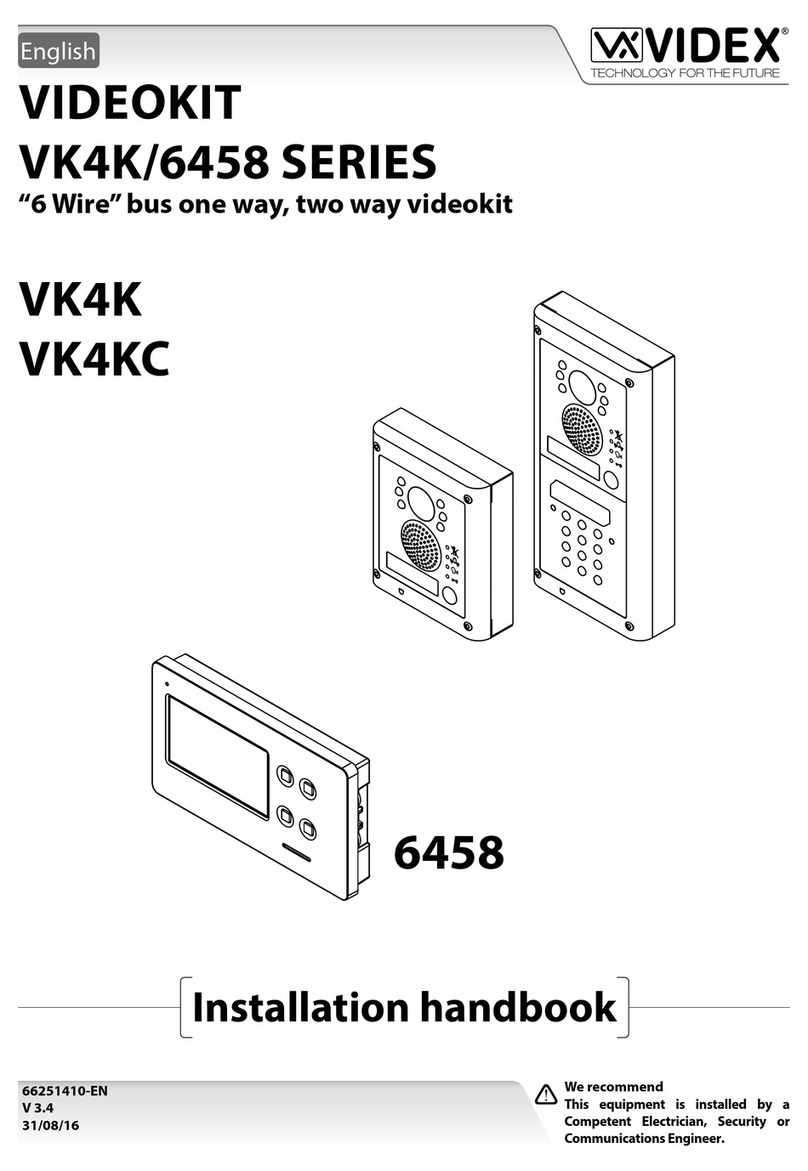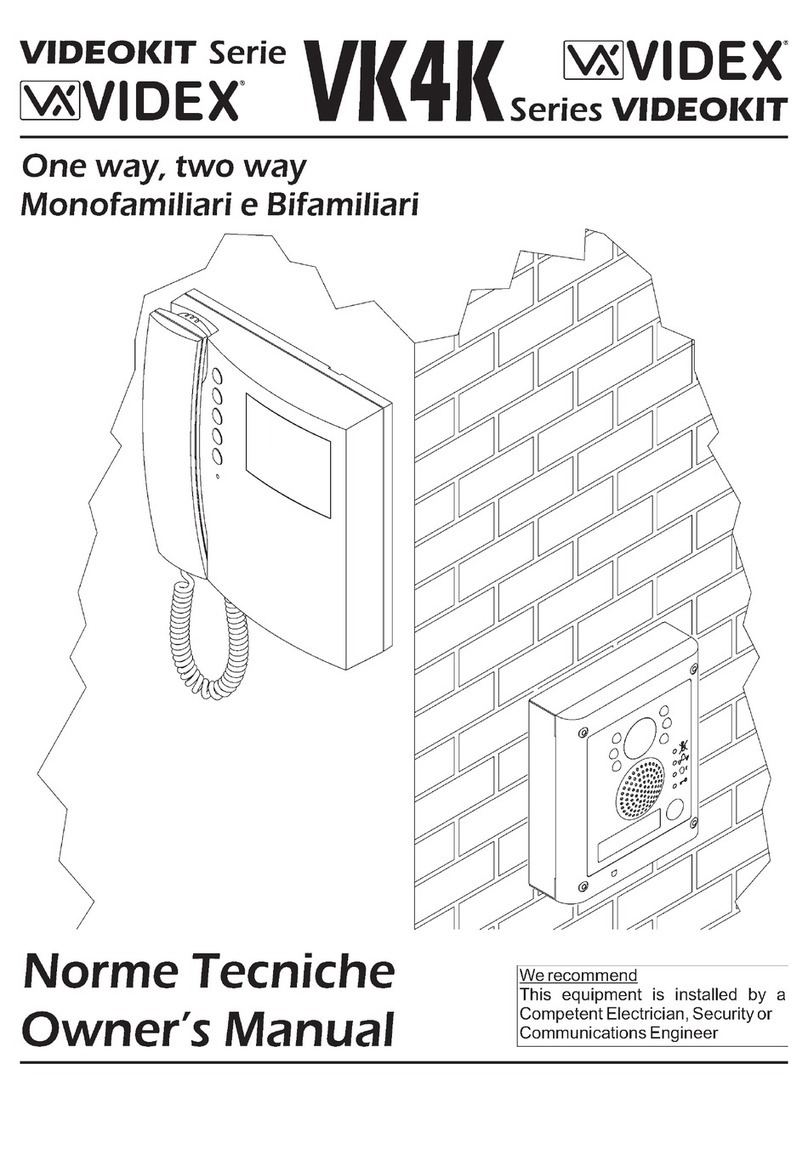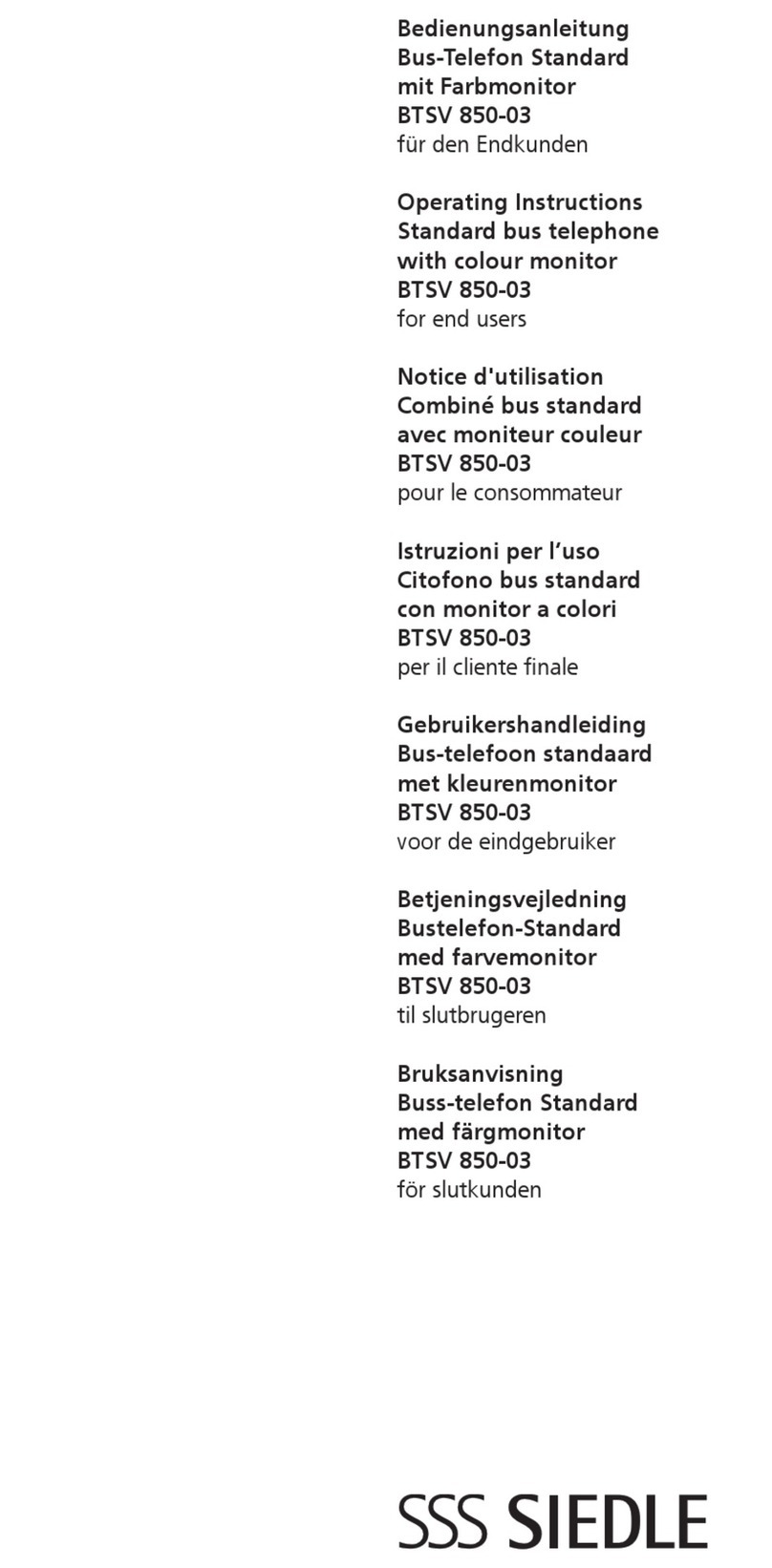Videx VR120DK-1 User manual
Other Videx Intercom System manuals
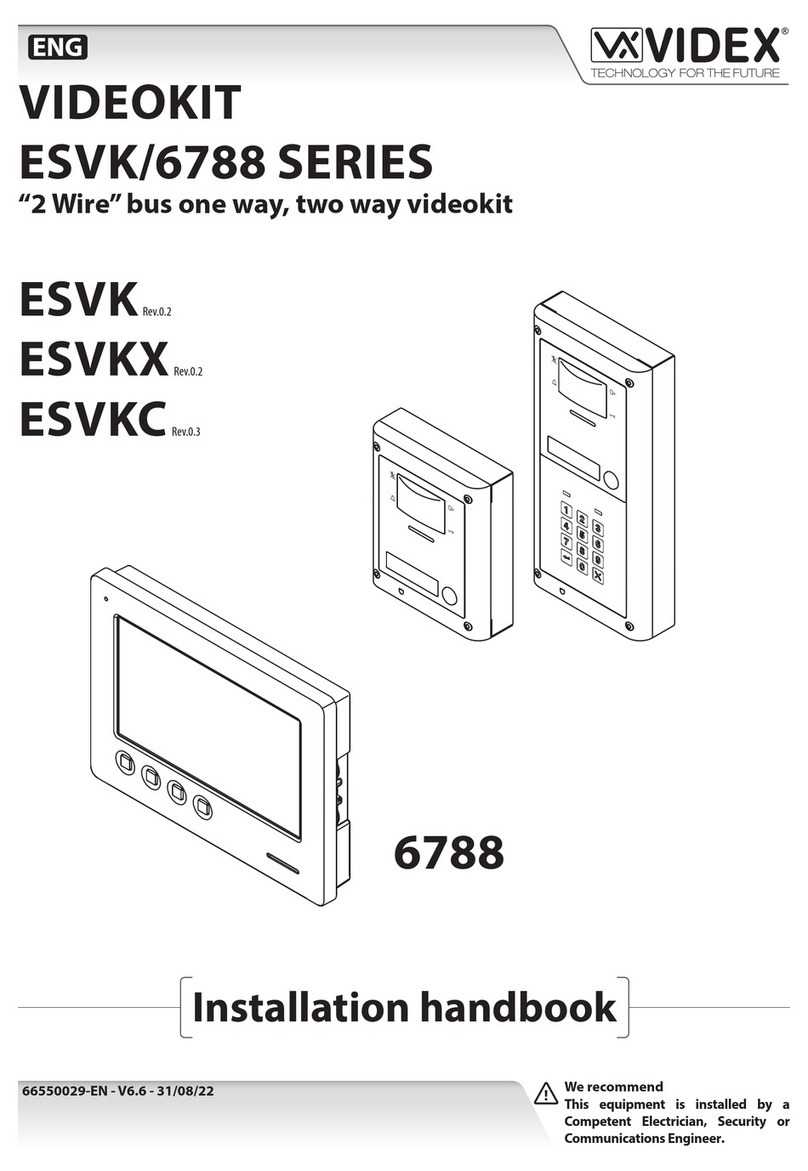
Videx
Videx ESVK/6788 Series System manual
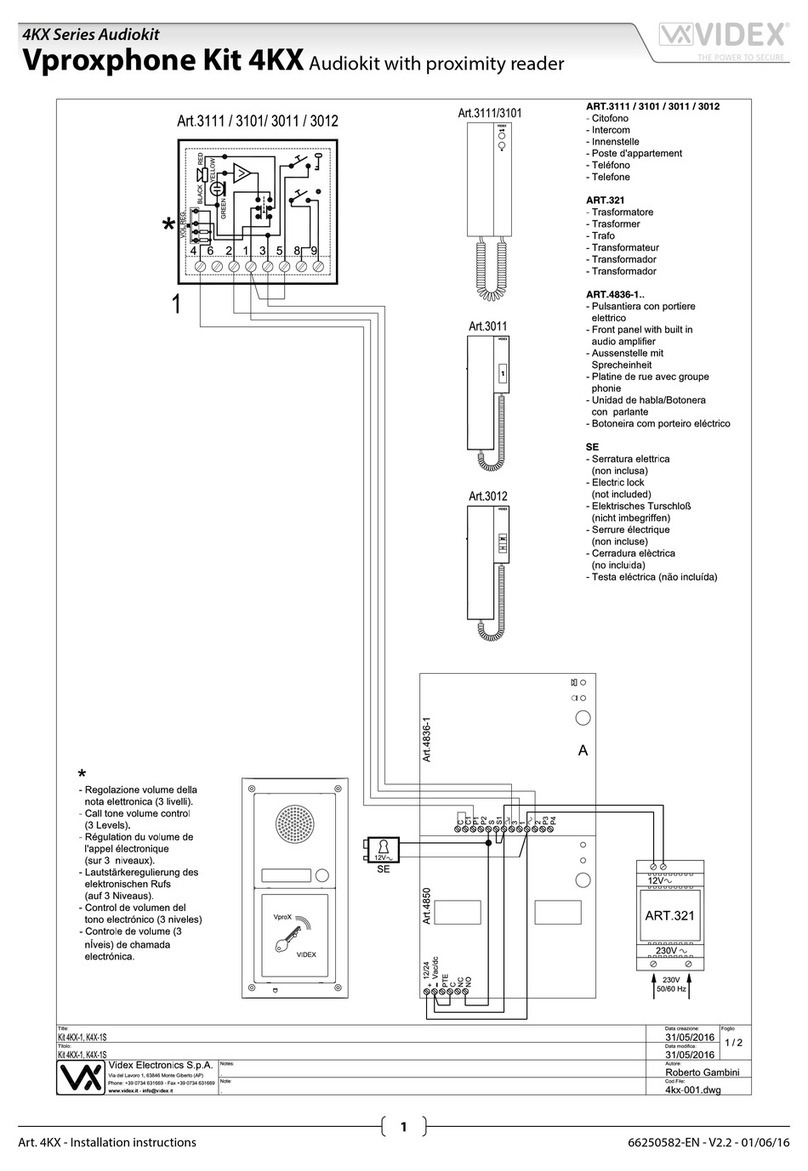
Videx
Videx Vproxphone Kit 4KX Series User manual
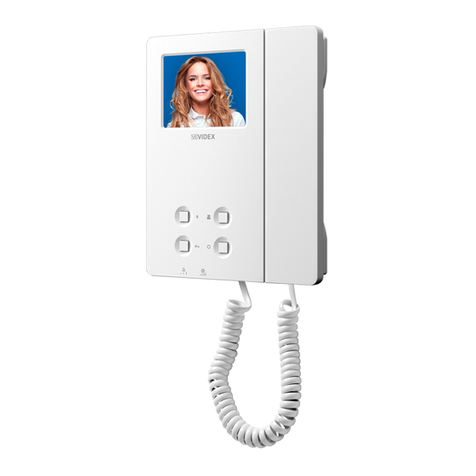
Videx
Videx 6200 Series User manual
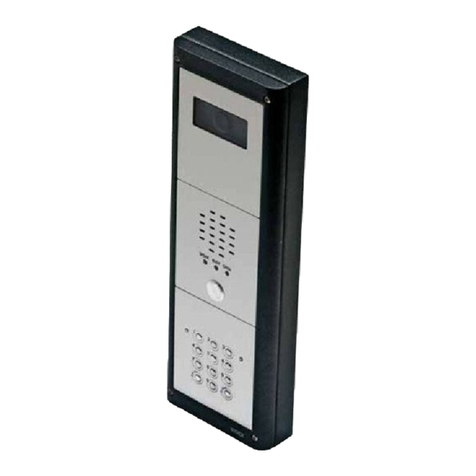
Videx
Videx VIDEOKIT Series User manual
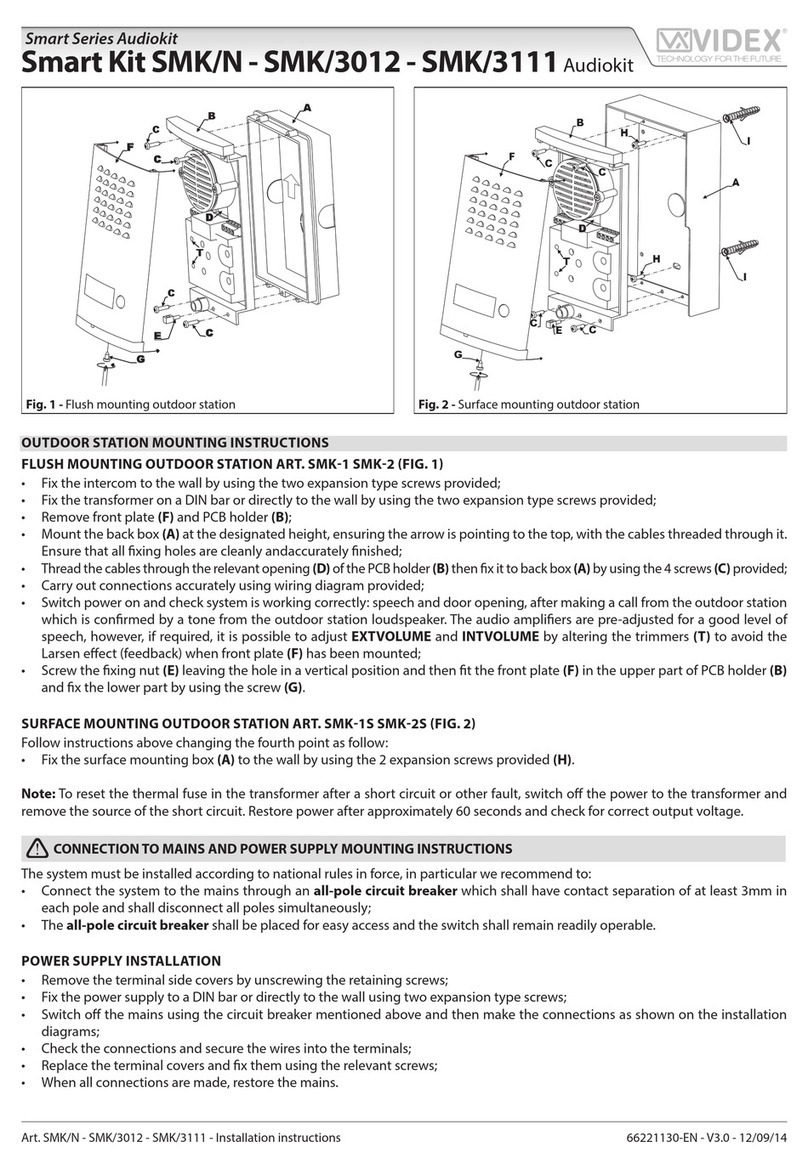
Videx
Videx SMK/N User manual
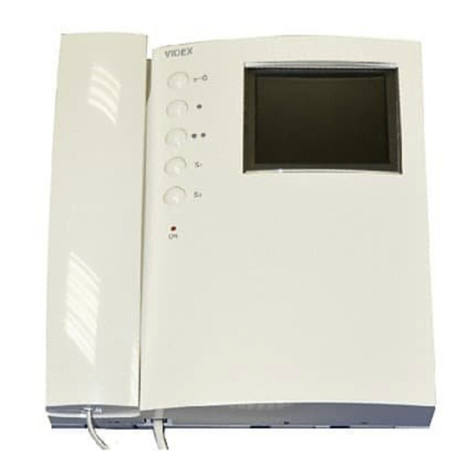
Videx
Videx 3000 Series User manual
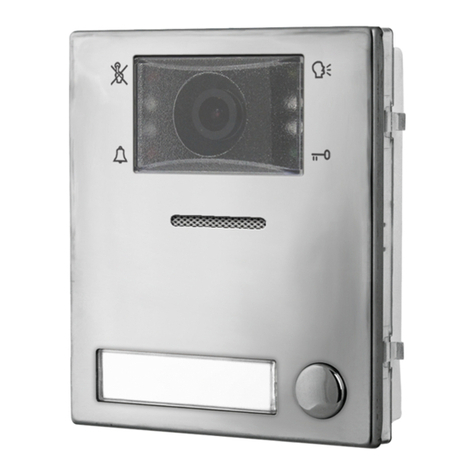
Videx
Videx 4000 Series User manual

Videx
Videx ESVK/6388 Series System manual

Videx
Videx 4000 Series User manual
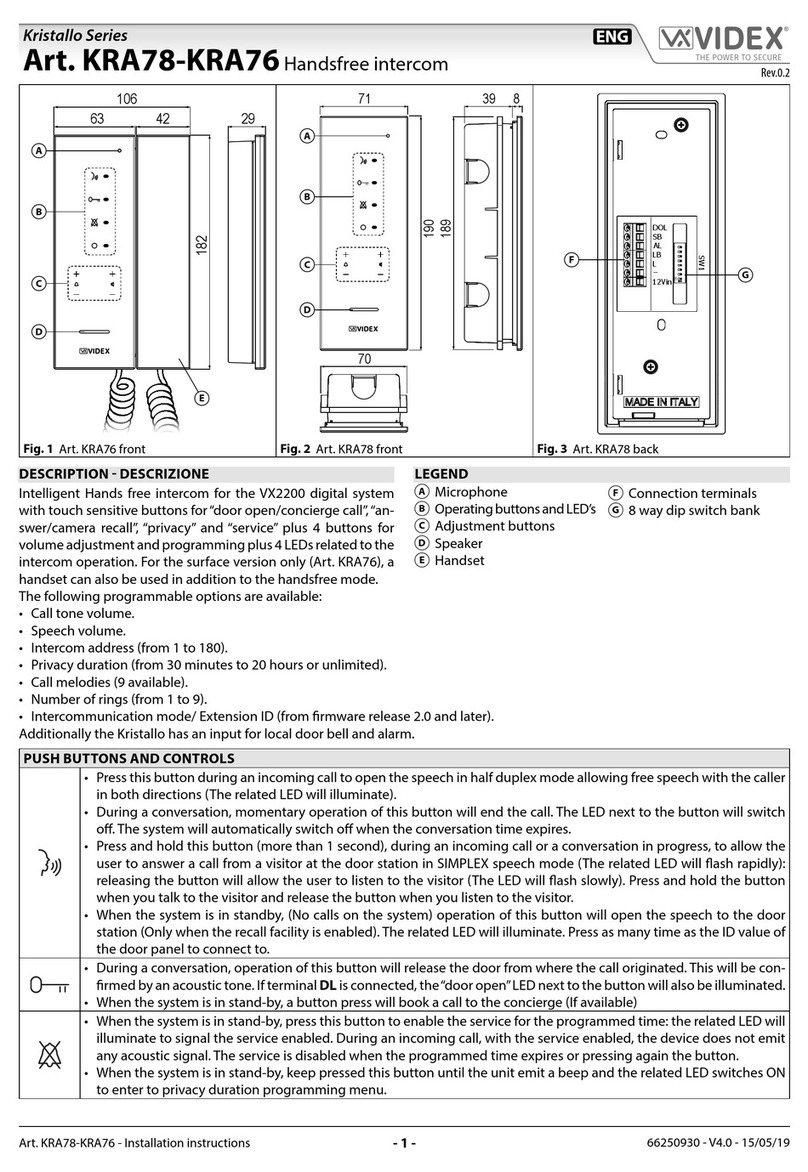
Videx
Videx Kristallo Series User manual
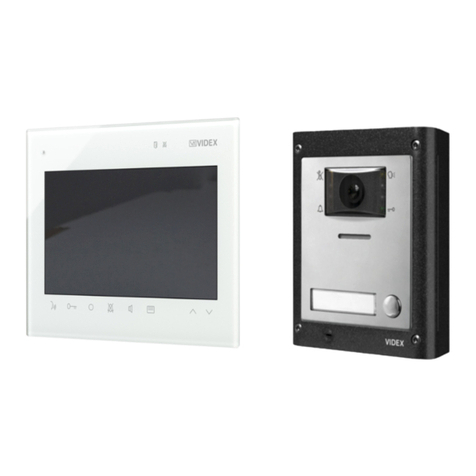
Videx
Videx ESVK/KRV782 Series System manual
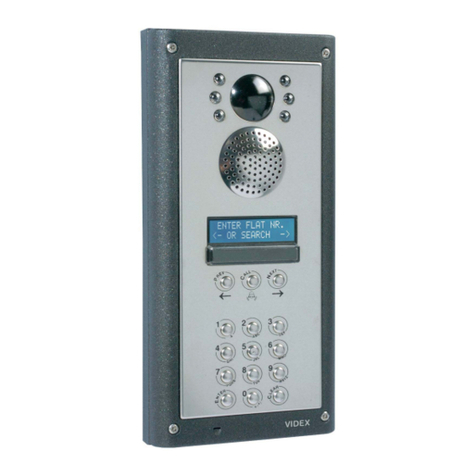
Videx
Videx VX2200 User manual

Videx
Videx 4000 Series User manual

Videx
Videx VR4K-2/CL User manual
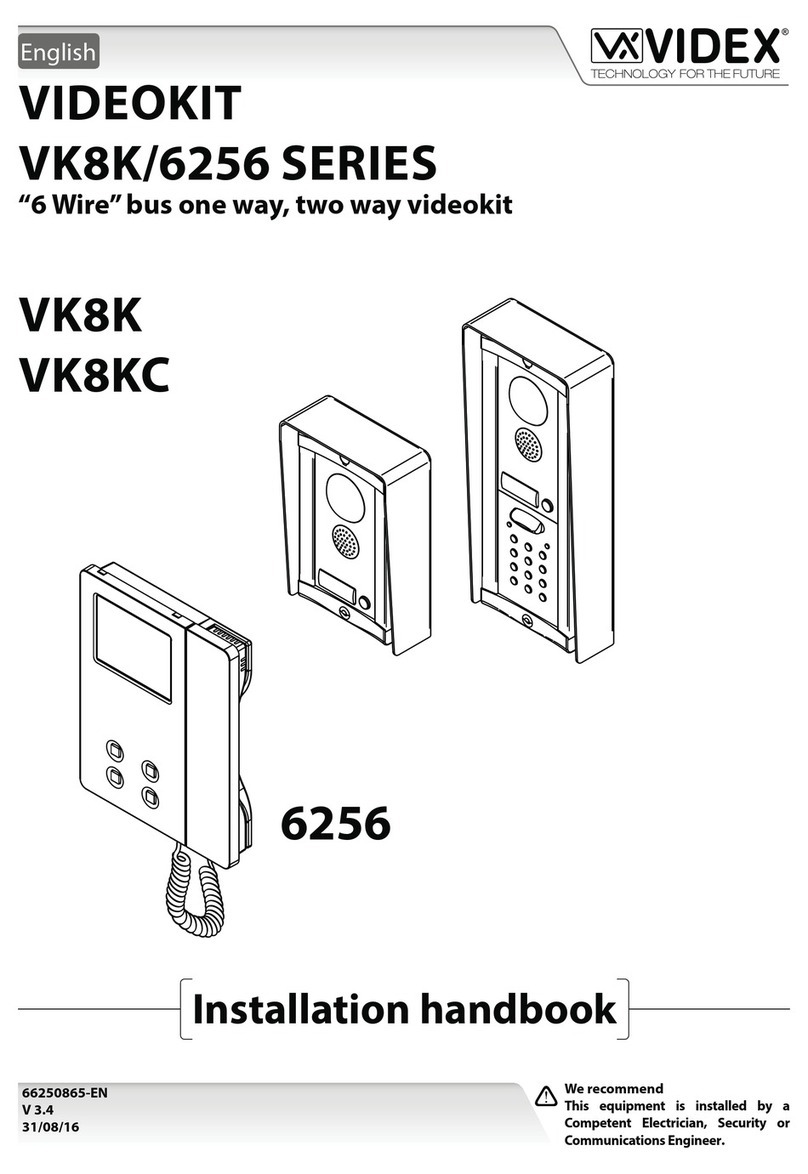
Videx
Videx VK8K/6256 Series System manual
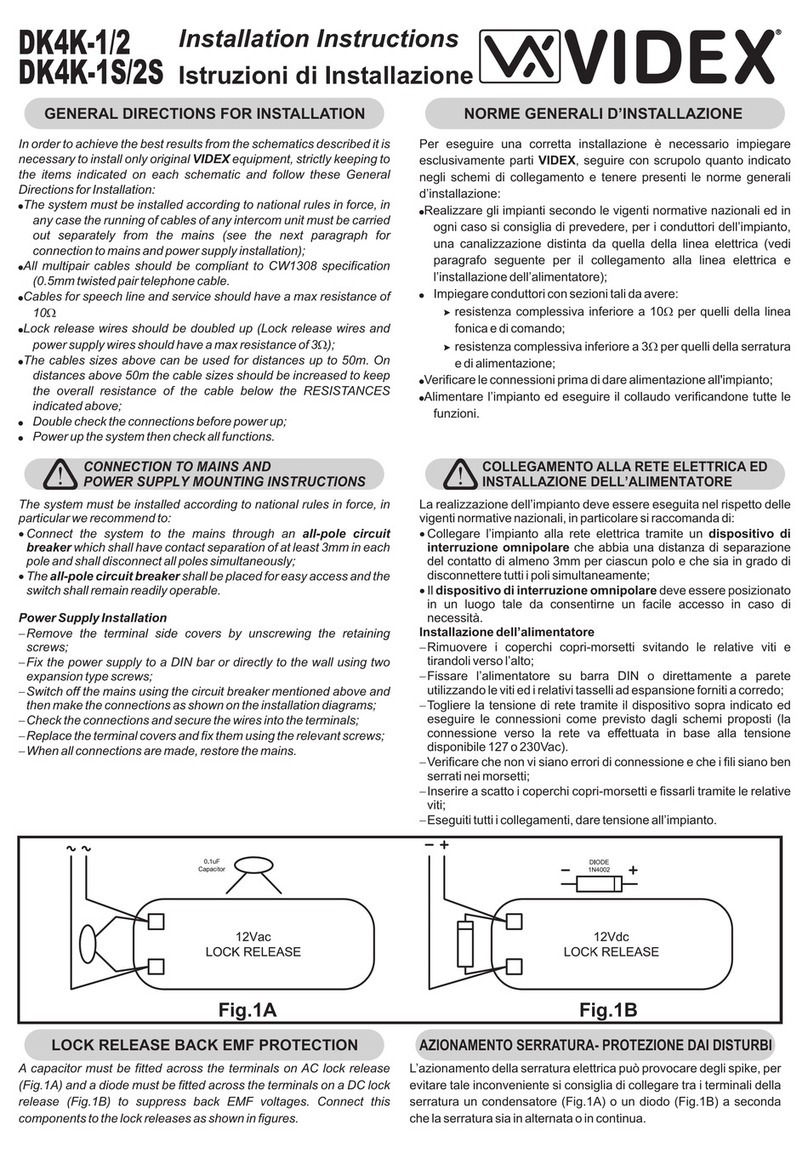
Videx
Videx DK4K-1 User manual
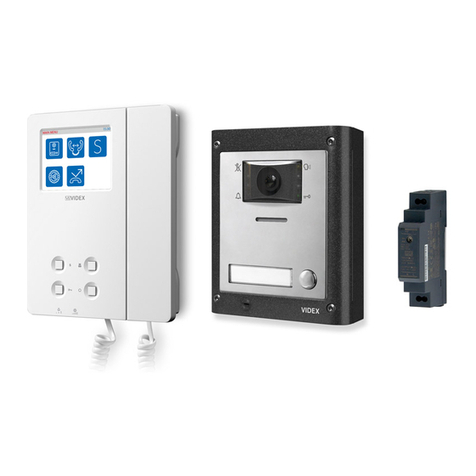
Videx
Videx IP videokit IPVK/6296 Series System manual
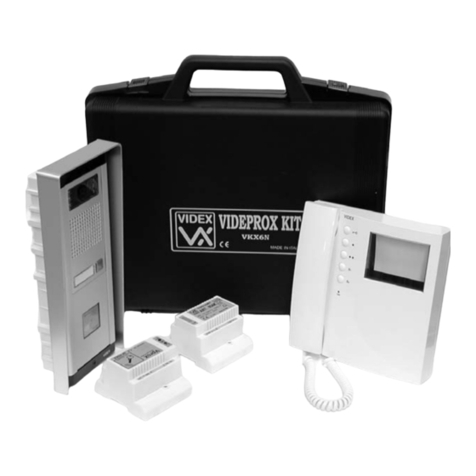
Videx
Videx VK6N Series User manual
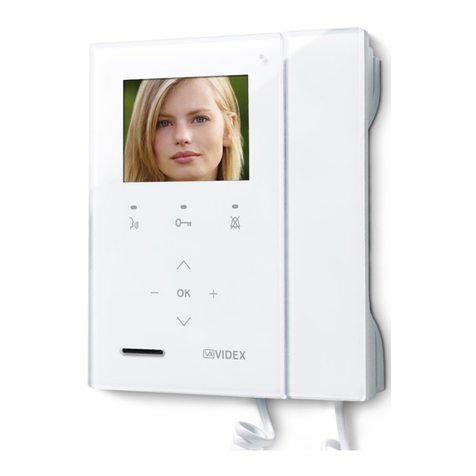
Videx
Videx Kristallo Series User manual
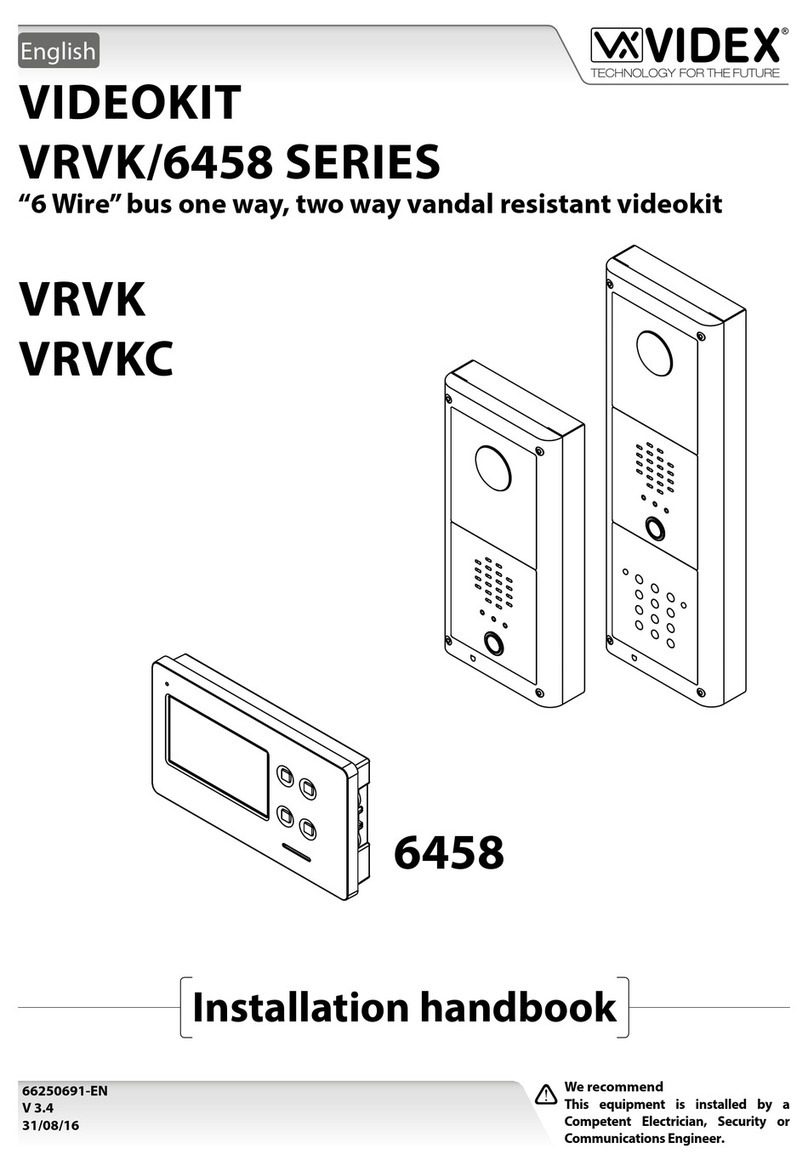
Videx
Videx VRVK Series System manual
Popular Intercom System manuals by other brands

SSS Siedle
SSS Siedle BVI 750-0 Installation & programming

urmet domus
urmet domus AIKO 1716/1 quick start guide

urmet domus
urmet domus IPerVoice 1039 Installation

Alpha Communications
Alpha Communications STR QwikBus TT33-2 Installation, programming, and user's manual

Monacor
Monacor ICM-20H instruction manual

Logenex
Logenex A202CR Installation & programming
